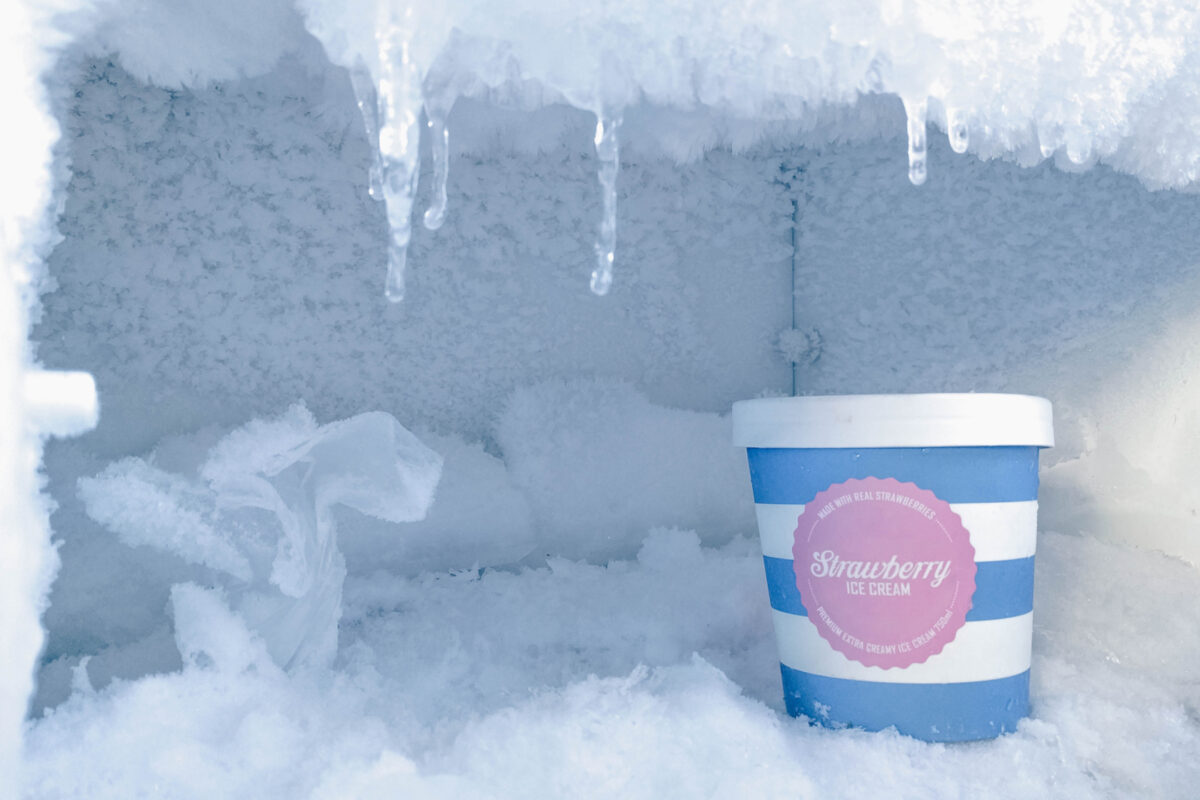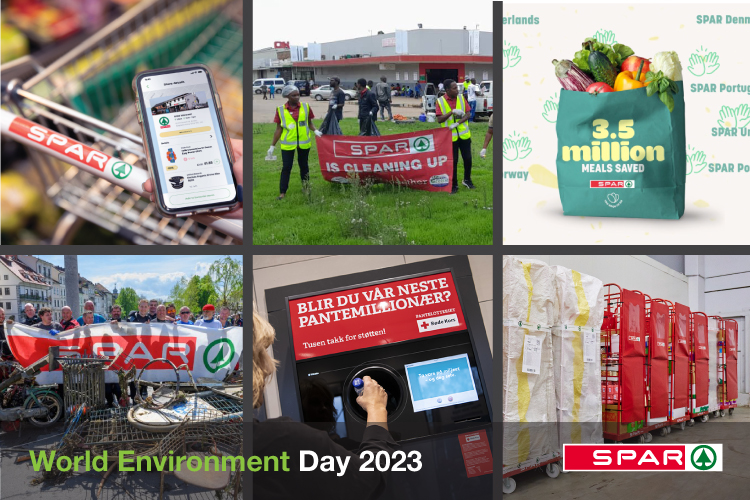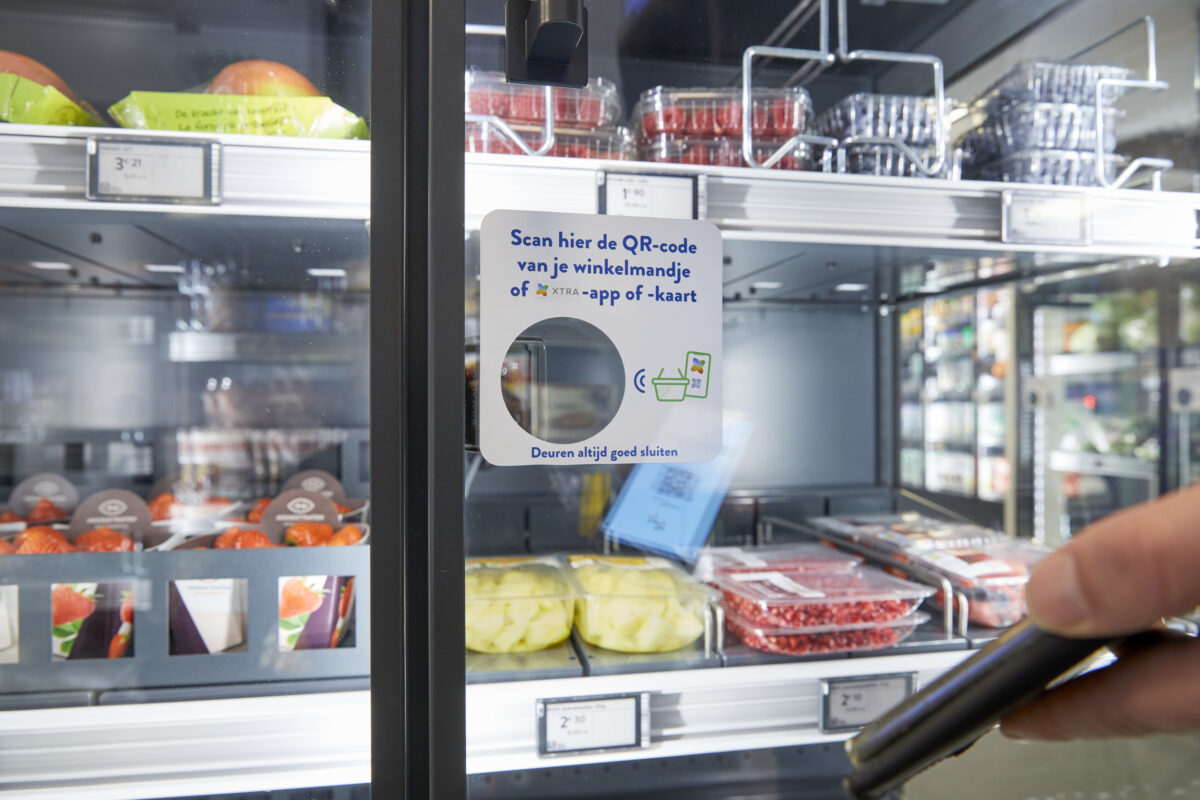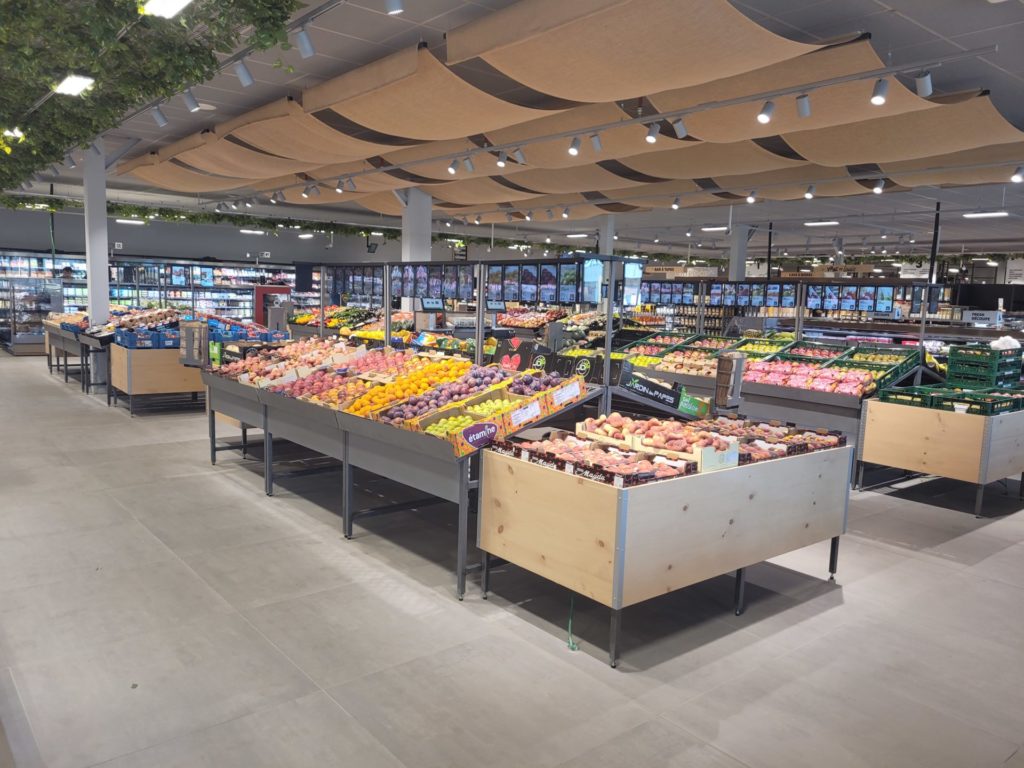From the end of February until last week, sales in food retailing in Germany have developed extremely positively. Initially, it was primarily inventory purchases that were responsible for these sales impulses, but then other effects gradually began to emerge. Above all, the loss of many opportunities for out-of-home consumption is having an effect. With gigantic effects.
In the past week there were isolated reports of sales doubling compared to the previous year, and overall the growth in sales was in the high double-digit range. While hamster purchases are now declining, the effects of the closure of numerous supply facilities will remain for the time being.
When refectories, canteens, restaurants and non-food retailers with good gastronomic offers close, food retail will have to take over the entire supply of the population on its own. Even if hamster purchases – at least for some items – are now declining and this week’s sales are already well below last year’s level in some cases, the food retailing sector still faces a major challenge for the time being. Almost the entire market for out-of-home supply must be served differently, at least temporarily.
According to the Federal Statistical Office and estimates by the EHI, German citizens will have spent a total of around 80 billion euros including VAT on out-of-home consumption* in 2019. Supermarkets, discounters, hypermarkets and small grocery stores, on the other hand, achieved gross sales of a good 175 billion euros in 2019, slightly more than twice the amount.
Supermarkets, discounters and the like are thus responsible for a good two thirds of the food supply in Germany in normal years. With a declining tendency, because in the past 10 years the out-of-home market has grown much faster than the food trade as a whole. In many cases it is even expected that market conditions will converge with those in the United States. There, the share of out-of-home catering is already at about 50 percent.
In total, retail in this country generates annual sales of around 10 billion euros with its supply concepts in the prepayment zones, with to-go convenience and with genuine gastronomic offers on the sales floor. So far, however, the market share of retail has remained low, with a sales share of a good 12 percent of the total out-of-home market.
In this country, food retailing achieves annual out-of-home sales of a good 5.6 billion euros. At just over 7 percent, it only accounts for a manageable share of the total turnover of the food service and catering market. And the rest of German retail is also unable to participate in the total market of out-of-home consumption with more than 4.4 billion euros. Only shopping centres, petrol stations, furniture and DIY stores and department stores manage to generate any relevant sales at all in this market.
Although the trend towards out-of-home consumption has received a great deal of attention in the retail sector, a great potential remains untapped for retailers. In some of our neighboring countries, much more intensive work is being done to open up the out-of-home market for food retailers. First and foremost, the Dutch Jumbo Group, which has just become a place of pilgrimage for food producers from all over Europe in search of answers to the growing demand for out-of-home consumption.
Now our food stores are experiencing the full force of this market segment. When refectories, canteens, bistros and restaurants are closed all over Germany and furniture and department stores, as well as DIY stores and shopping centres are no longer able to offer their out-of-home products, grocery stores now have to carry the entire burden of supplying the population on their own. Virtually overnight, the market of discounters, supermarkets and hypermarkets is growing by 50 percent from 175 billion euros to 255 billion euros. This is good news, of course, but also a gigantic logistical challenge for the entire industry.
At the same time, there will be considerable shifts in eating habits, at least temporarily. For example, the fresh convenience foods that customers of the takeaway market usually buy are not currently in particularly high demand in supermarkets. No, these customers are also switching to simple and durable basic foods, at least for the time being. After all, convenience products are currently less in demand. For various reasons, people are much more at home, they have more time, also for cooking.
At the moment it is very clear how strong the links between the various sectors are. But even without the Corona crisis, food retailers have already seen the shifting effects of the out-of-home market more often. This was the case, for example, in the financial crisis, where the closure of large company canteens has led to double-digit sales growth for local food retailers
So as long as large parts of the out-of-home gastronomy sector cannot open up in the current situation, food markets will have to cope with a large amount of additional work, even without hamster purchases. So far, the companies have mastered these tasks perfectly. The supply is guaranteed and everyone can get over the temporary lack of one or the other product. It remains to be hoped that the sickness rate will not increase even further. In the interest of the employees who keep the shop running, but also in the interest of all of us.
However, these current developments also make it quite clear that a broad approach is absolutely essential when defining markets in the food industry. Of course, food retailers are in competition with fast food chains, restaurants and canteens. Even if they do not offer the same products, in the end it is always about nutrition or simply about calories. Whether the customer buys a burger in the system catering trade or a frozen pizza in the supermarket makes little difference. Against this background, the repeatedly quoted high concentration rates in food retailing must also be assessed differently. There is, after all, a big difference between the total market for food being EUR 175 billion or more than EUR 255 billion.
*Refreshments, where both preparation and consumption take place outside the home.
Guest author: Michael Gerling, Managing Director EHI Retail Institute, www.ehi.org




















